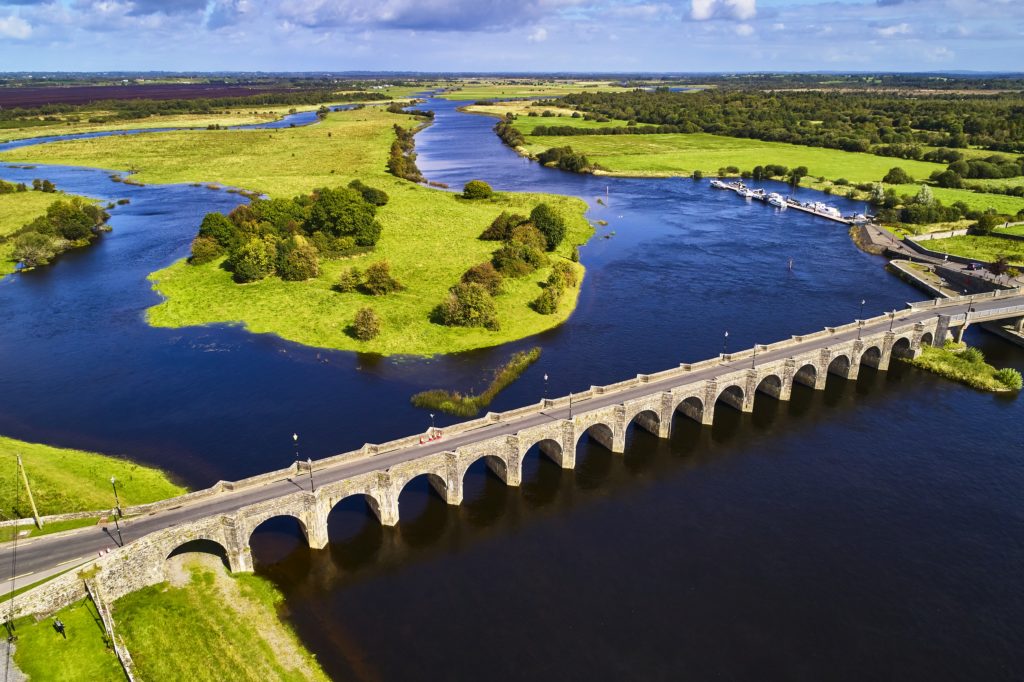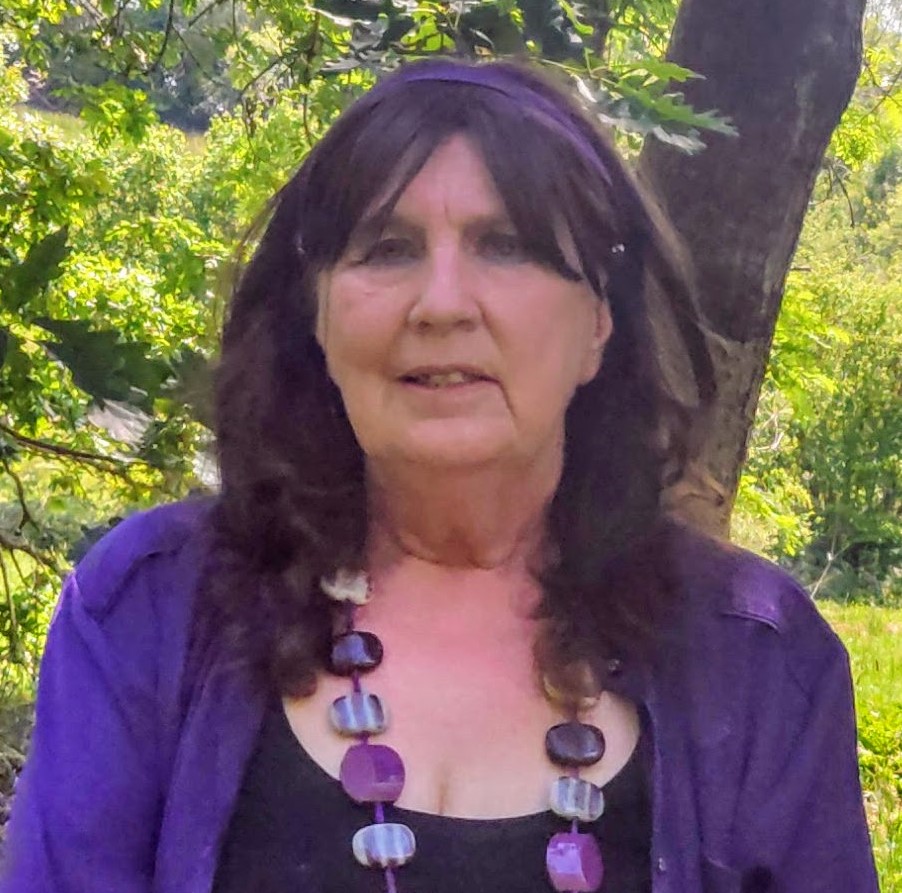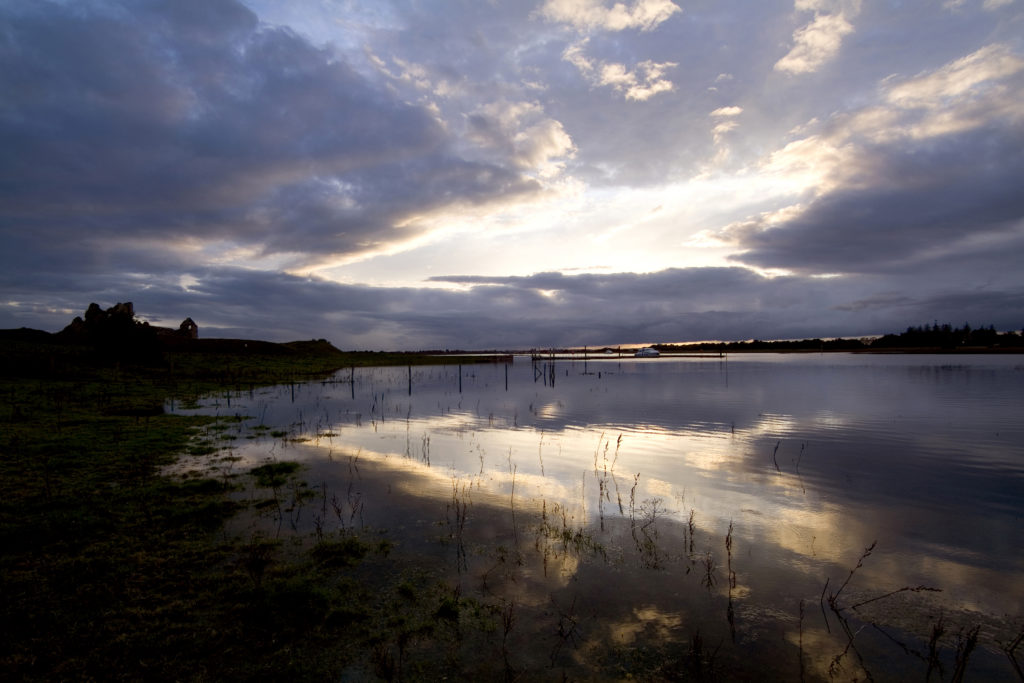THE story of a river tells of a journey that begins with the first fresh bubbles of water rising sparkling from the earth, flowing and growing, until the broad waters of the estuary, merge with the unending sea.
The Shannon may, or may not, rise from the Lag na Sionna, the ‘Hollow of the Shannon’, more commonly known as the Shannon pot.
There are several pools in and around Cuilcagh Mountain, all aquifer fed fluctuating swallow holes, but the Shannon Pot has become the traditional source.
It is round, and deep, and bubbles constantly appear on its surface.
Yes, I do know this to be true. I once swam in the Shannon Pot and I won’t be doing it again. It was very cold indeed.
The Shannon is a stately and beautiful river. It has stories to tell at every turn as it meanders through eleven counties of Ireland.
The mythological river, created through the actions of Sinann, a woman of great craft and skill, also tells of a journey.
This is a journey of a search for the source of the ‘lovely bubbles’ of inspiration and clarity that created a river of creativity and shared hope.
Both journeys tell the story from differing viewpoints. There are always more than one way of seeing in early Irish stories.
These tales had much to tell of the Otherworld that lay so close to the everyday world.
It was not easily discovered but many were brought there.
This Otherworld was a world of wonders and beauty, yet, it was also a place of learning and not every lesson was easy or safe to learn.
Otherworld tales were very much a part of Irish mythology.
One of their roles was to create memorable and entertaining oral stories that, like parables, would help their societies to remember and uphold customs and practices within their tightly-knit local communities.
 The River Shannon is a stately and beautiful river
The River Shannon is a stately and beautiful riverThe importance of mythology
I have always loved mythology. I was brought up, from infancy, on stories from the Old Testament.
It wasn’t so bad. I was fascinated by the word-sounds of the King James Bible.
I may not have understood the word meanings, but I enjoyed hearing them roll and roar about me like a wild and stormy sea.
Later I came to enjoy Old Testament stories, not, I suspect for the reasons I had been exposed to them, but because they were exuberant, over-the-top epic tales in their own right.
There were hero tales, wonders, unexpected twists, desperate journeys and terrible revenge taking to be encountered.
I relished the story of the indecisive Gideon or the ruthlessly independent risk-taking woman, Esther.
I had become hooked on mythology.
Over my years I read Greek, Roman and Norse tales.
I discovered the urbane ancient Egyptian folk tales and fell in love with the great and earliest epic of Gilgamesh.
I even worked my way through the Persian Shahnameh and the lengthy Mahabharata..
Then I discovered Irish tales. I would not have managed without Lady Gregory’s Gods and Fighting Men and Cuchulain of Muirthemne - I discovered that more recent translations were surprisingly hard to find.
In 1990 I finally let go of my teaching career and flung myself into teaching creative writing, painting and pottery and exploring the Irish ‘stories in the landscape’.
My love of mythology is central to my personal story but I should try to explain why I think mythology has something to share with everyone.
Mythology is able to communicate information in a way that formal records cannot hope to do.
It shares qualities with the genre of Science Fiction, in that it is able to offer a window on perceived strengths, weaknesses, hopes and fears.
As stories change they shimmer and shift, yet, in their retellings they continue to present age-old, human problems and even solutions that resonate, through the centuries, and may still speak to us today.
These are the stories that are so deeply embedded within the Irish landscape.
 Storyteller Chris Thompson
Storyteller Chris ThompsonA goddess worth celebrating
The story of Sinann is important because it is found among the Dindshenchas poems.
The Dindshenchas are a group of early Irish poems on the lore of placenames.
Their purpose was to bring together all the legends that explained the formation of hills, wells, ancient cairns, landmarks and, of course, rivers.
According to one set of Dindshenchas poems, it was Sinann who brought about the creation of the great River Shannon.
The poems tell that a woman possessing great craft and skill sought to use her knowledge to help her people.
She lacked only one skill, that of poetic inspiration.
With this power her words could change the world. Seeking this skill, she went to Conla’s realm beneath the sea.
Here was the wonderous well, the well of Segas, or the Well of Generous Women, with all its ‘lovely bubbles’.
She won the gift she sought, but the streams that fed the well beneath the sea rose up like a great wave, covering the land, and forming the great River Shannon.
Sinann drowned but the river brought the new and prosperous life she was seeking for her people.
Like many people who go searching for a translation of the story of Sinann, I first encountered the 19th century re-telling by Eugene O’Curry.
This version implied that she was a disobedient girl who dared to approach a secret well which rose against her impudence.
All versions will represent the mores and concerns of the time in which they are retold.
It is certainly true that O’Curry was a man of his time.
It is also unfortunate that he chose to conflate the story of Sinann with that of Boann and the Boyne.
Hers is a good story and does involve a well but it is nothing to do with Sinann.
There is no hint of disobedience or impudence in the Dindshenchas poem of Sinann. She is a poet of skill who, by right, may seek to enter the Otherworld realm beneath the waves.
 Sinann is the goddess of the River Shannon, Ireland's longest waterway
Sinann is the goddess of the River Shannon, Ireland's longest waterwayWhy Sinnan is relevant today
Why is the story of Sinann relevant now, today, in 2020?
We live in a time of change, of uncertainty.
With a pandemic, economic struggle and climate change all around us, we might be living in a dystopic Sci-Fi film, and yet, this is all happening for real.
This is a time that cries out for inspiration, imagination, enthusiasm, new ideas and, above all, hope.
It is a moment in history requiring people of vision - artist, scientists, health workers, teachers, everyone - to reach out for a source of new possibilities and discover unexpected ways of working.
The story of Sinann is able to remind us that there is always an inspirational source in that Otherworld of imagination and creativity.
The Dindshenchas poems of Sinann are old, yet they may hint of an even older story.
The poems tell of a great wave that changed the land of Ireland, encroaching on the coast but producing fresh habitations along river edges.
Could this story hint of climate change around 8,000 years ago?
Surely that is just being fanciful.
Yet climate change specialists in Australia are accepting First Nation Australian stories as demonstrable evidence to support climate change more than 13,000 years ago.
The story of Sinann may echo an ancient time indeed, but it is still a relevant metaphor.
Tough challenges may well lie ahead but, so the story tells us, there is a well with the nine hazel trees of wisdom that flower and fruit at every season of the year.
It is a well that cannot dry up. It is the well of imagination, vision and creativity.
The story of Sinann still offers us something to celebrate and the River Shannon will always remember her.
“Olen dia sruth a sáer-ainm” - her noble name follows her river.
Visit www.storyarchaeology.com for podcasts and background material on the Sinann story.
There you will also find translations of the Dindshenchas poems on Sinann in new translations by Isolde ÓBrolcháin Carmody.
Feeling inspired? Why not take part in the Arts for Sinann competition - you can find more details here.

